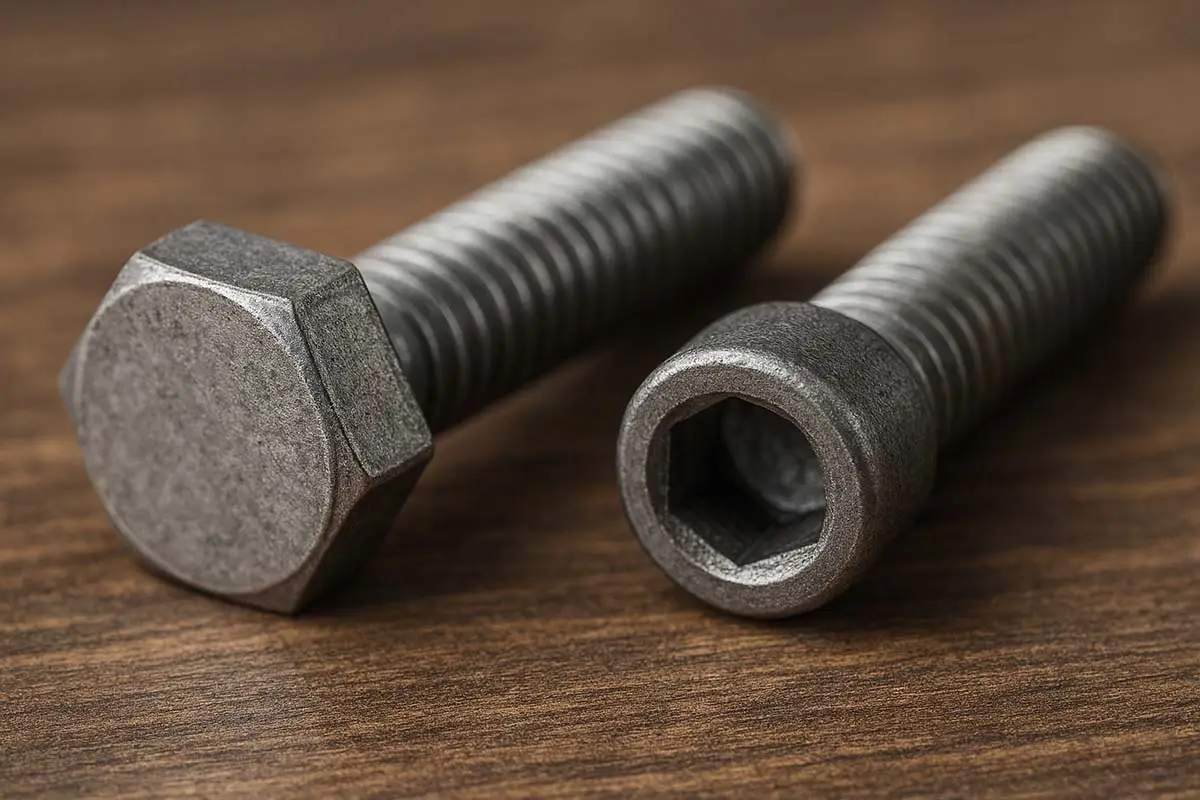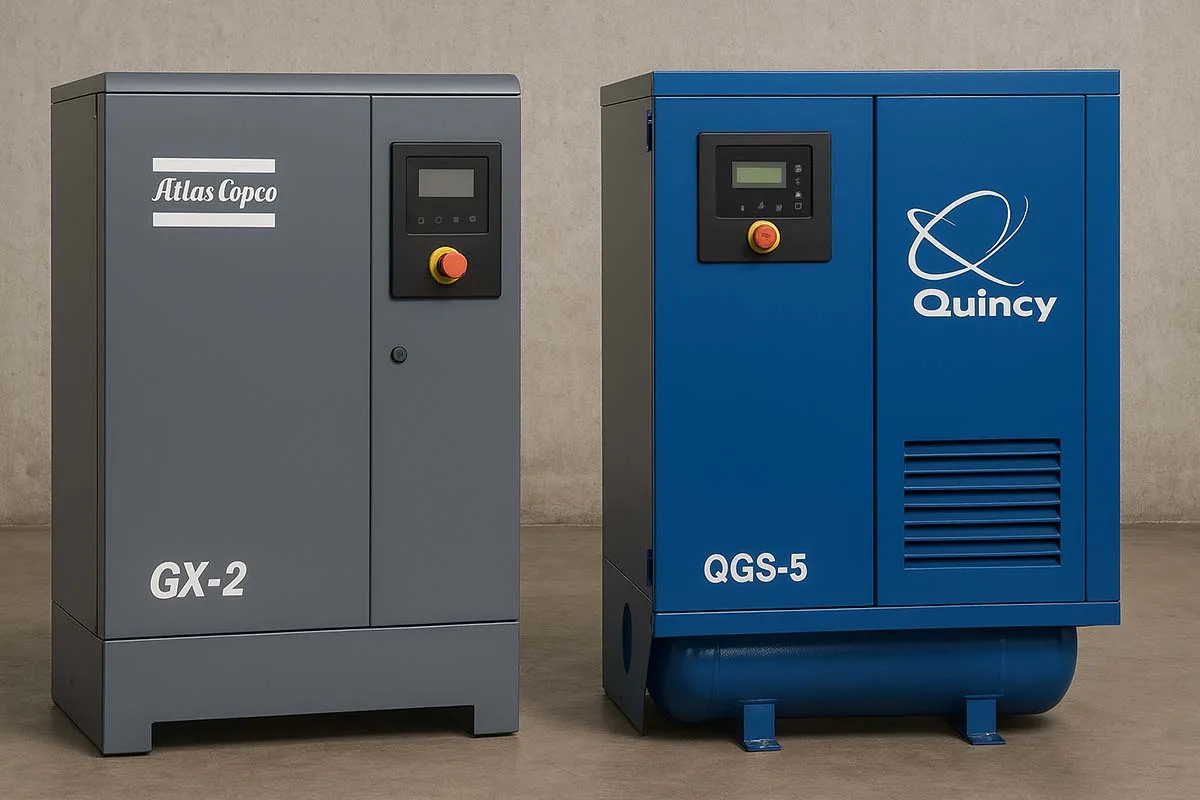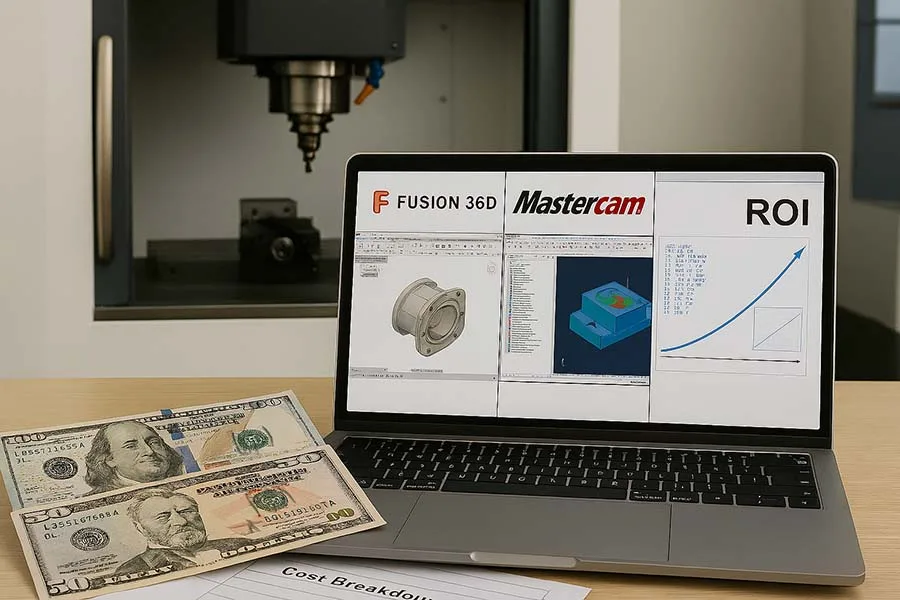Introduction: A Tight Debate in Tight Spaces
When you’re assembling machinery, structures, or equipment, choosing between hex bolts and socket head cap screws (SHCS) isn’t just a matter of aesthetics—it’s a performance decision.
Each fastener has its unique advantages, and picking the wrong one can slow down your assembly, compromise strength, or even create clearance issues. So, what’s the difference, and which one should you use?
Let’s break it down bolt by bolt.
Quick Definitions
- Hex Bolt: A bolt with a hexagonal head, typically turned using an external wrench (spanner or socket).
- Socket Head Cap Screw (SHCS): A screw with a cylindrical head and a recessed hex drive (Allen key). Designed for high-strength, flush applications.
Head-to-Head: Key Differences
| Feature | Hex Bolt | Socket Head Cap Screw |
|---|---|---|
| Drive Type | External hex (wrench) | Internal hex (Allen key) |
| Head Size | Larger | Compact |
| Strength (Grade 8 vs 12.9) | Usually lower | Often higher (12.9) |
| Clearance Needs | More space required | Excellent for tight spaces |
| Tool Access | Easier with wrenches | Requires Allen keys or bit drivers |
| Appearance | Industrial | Sleek, flush fit |
| Cost | Typically lower | Typically higher |
Tip: If space is limited and strength matters, SHCS usually wins. If cost and tool accessibility matter more, go with hex bolts.
Strength and Material Considerations
Socket head cap screws are often made to higher strength classes, such as:
- Metric: Class 12.9 (tensile strength ~1220 MPa)
- Imperial: Often Grade 9 or custom hardened alloys
Hex bolts, on the other hand, are often used in:
- Grade 5 or 8 (SAE)
- Class 8.8 or 10.9 (ISO)
While both can be made in various materials and coatings, SHCS are usually chosen when tight tolerances and higher preload are needed.
Torque and Preload Differences
Socket head cap screws are engineered for higher preload, allowing better clamping force without shearing or stripping. However, they also require precision torquing—over-torquing can strip the internal drive.
| Fastener Type | Typical Torque (M10, steel) |
|---|---|
| Hex Bolt (Grade 8.8) | ~49 Nm |
| SHCS (Class 12.9) | ~80 Nm |
Note: Always check manufacturer torque specs. Coatings, lubrication, and thread pitch can all affect these numbers.
Assembly Use Cases: Which to Choose?
✅ Use Hex Bolts When:
- You have ample space for tools
- You’re working on general-purpose machinery
- Cost control is critical
- Tool access is easy (construction, automotive)
✅ Use Socket Head Cap Screws When:
- You’re assembling in tight or recessed spaces
- A clean, flush appearance is important
- You need high clamping force and strength
- Applications include robots, engines, aerospace, electronics
Real-World Example: CNC Machines
CNC machine builders often favor SHCS because they allow for flush, strong, and space-saving connections. Hex bolts would take up too much headroom and could interfere with moving parts.
On the flip side, heavy equipment assembly like trucks or construction frames leans toward hex bolts, which are easier to torque with impact tools in open environments.
Funny Fact
Some old-school techs call socket head cap screws “the ninja bolts”—because they disappear into the surface and get the job done without showing off.
Lesser-Known Fact
Socket head cap screws typically have a tighter manufacturing tolerance on head diameter and concentricity than hex bolts, making them better suited for applications involving alignment or rotational motion.
Conclusion: No One-Size-Fits-All Fastener
Both hex bolts and socket head cap screws are engineering heroes in their own right. The right choice depends on your application constraints, load requirements, and assembly environment.
In short:
- Hex bolts = fast, simple, open-space heroes.
- SHCS = compact, precise, tight-space warriors.
Explore More About The Bolts And Nuts
Got a Preference?
Do you use hex bolts or SHCS more often in your shop? Drop your experience in the comments and tell us why. And if this helped you tighten up your fastener knowledge, share it with your crew!





